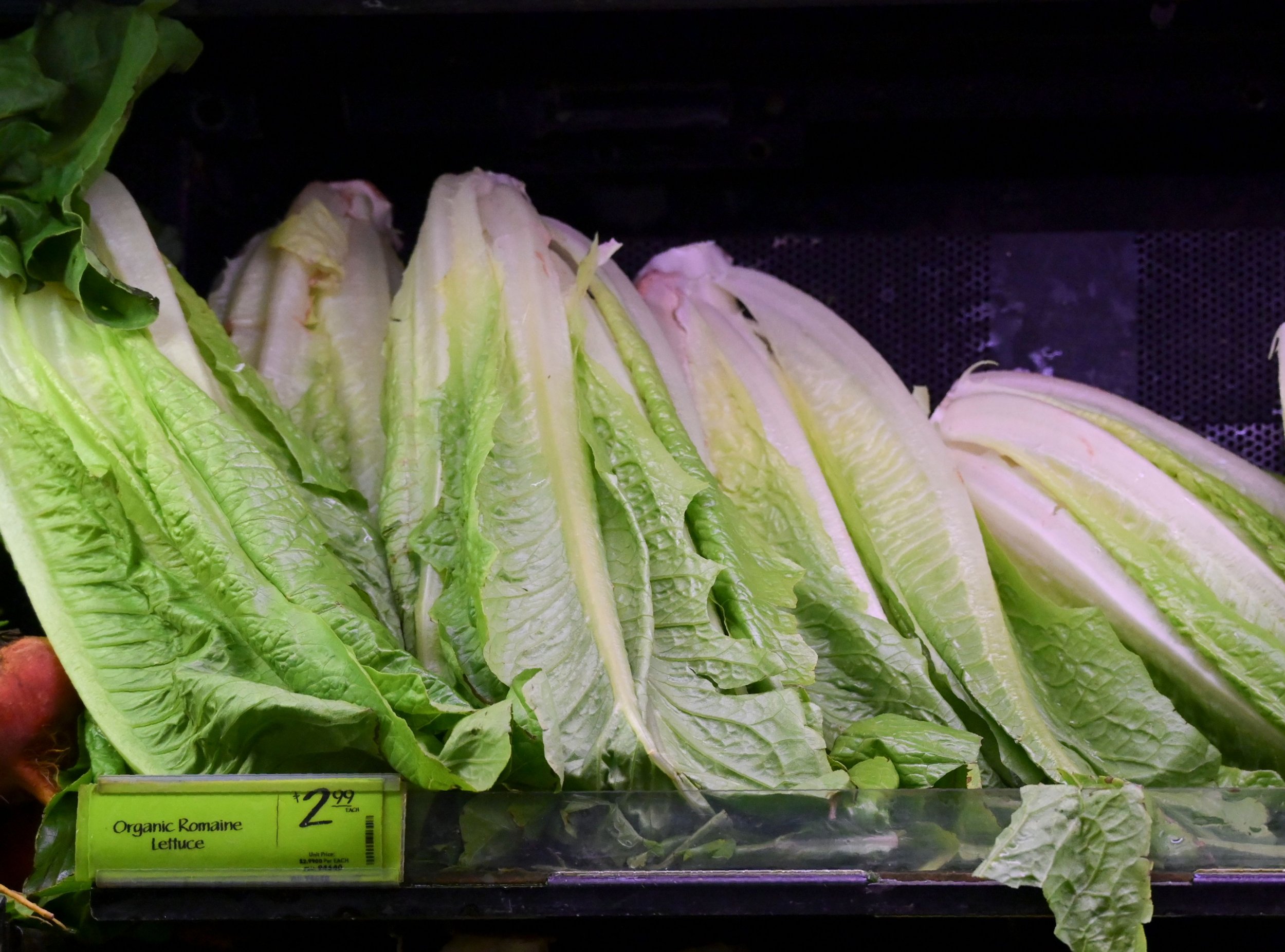
Officials from the United States Food and Drug Administration have determined that the romaine lettuce potentially contaminated with E. coli was likely harvested in California. Romaine from that region was being pulled from the shelves of stores to reduce the risk of infection of customers.
Friday, the Commissioner of the U.S. FDA, Scott Gottlieb, tweeted that the location of the lettuce was determined by examining growing and harvesting patterns and that the next step was to remove the potentially contaminated lettuce from the market.
UPDATE ON OUTBREAK: The romaine implicated in the current outbreak is likely from California based on growing and harvesting patterns. The goal now is to withdraw the product that’s at risk of being contaminated from the market, and then re-stock the market.....
— Scott Gottlieb, M.D. (@SGottliebFDA) November 23, 2018
He also said that new lettuce from other regions would likely be harvested soon and could then be used to replace the potentially contaminated romaine. How exactly the new and "post-purge" romaine will be labeled to convey that it's safe to eat to shoppers is currently unclear, Gottlieb tweeted.
"We want to help unaffected growers get back into production and enable stores and consumers to re-stock. One goal we're seeking is to make this type of labeling the new standard rather than a short-term fix; as a way to improve identification and traceability in the system," he tweeted.
The Centers for Disease Control and Prevention shared information about the outbreak Tuesday, just days before Thanksgiving dinners would grace tables across America. At that time the CDC was advising that no one eat, purchase or sell any romaine lettuce. The warning was issued after 32 people from 11 states across the country reported being ill and were found to have been infected with the " Shiga toxin-producing E. coli O157:H7," according to the CDC.
It can take up to 10 days for someone infected to start showing symptoms but the average is three to four days, according to the CDC. The symptoms most people experience are severe stomach cramps, diarrhea that may contain blood, vomiting and sometimes a fever. The majority of people who are infected get better in five days to a week or so but the severity of the infection can vary from mild to life-threatening.
Some people develop hemolytic uremic syndrome or HUS, a life-threatening complication from the infection. It usually developed about a week into the illness when the diarrhea seems to be improving, according to the CDC. It can cause the kidneys to stop working and is usually characterized by infrequent urination, tiredness and a loss of color in the face.
Uncommon Knowledge
Newsweek is committed to challenging conventional wisdom and finding connections in the search for common ground.
Newsweek is committed to challenging conventional wisdom and finding connections in the search for common ground.
About the writer
Nina was a breaking news reporter. She previously worked at Business Insider, The Boston Globe, and Boston.com.





